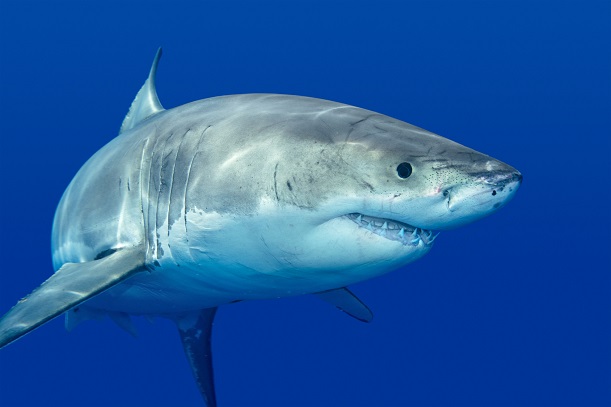Nokia has launched a new end-to-end 5G network architecture that uses AI-based automation and claims to offer up to three times more data capacity per cell site, as well as 30 percent lower total cost of operation.
Future X will be showcased at next month’s Mobile World Congress in Barcelona and is powered by the Finnish vendor’s new ReefShark chipset.
Shipping in the third quarter of this year, Nokia said the new range of chipsets gives a significant boost to infrastructure performance.
It said that by deploying its ReefShark chips for radio frequency in Massive MIMO, the size of the antennas can be halved. Power consumption in baseband units can by cut by 64 percent, Nokia added.
The ReefShark for compute capacity chipsets can be plugged into its existing AirScale baseband modules, tripling throughput from up to 28GBps to up to 84GBps.
The chips, which are currently being trialed by 30 operators, can also implement machine learning techniques into their networks, such as beamforming, Nokia said.
Neil McRae, BT Chief Architect, said: “By incorporating ReefShark into our network we will leverage the huge network performance improvements that will allow us to unleash the full potential of 5G.”
[Read more: Telefonica taps Nokia, Ericsson for 5G pilots in Spain]
Nokia said it wanted its Future X products to cope with the increase in traffic and complexity of services that 5G will demand through network slices.
The portfolio will comprise radio software, based on 3GPP’s recently published Release 15, more than 20 new radio access products, active antennae including new Massive MIMO products for 5G and LTE, small cells, and additions to its Anyhaul range of products that aim to shift radio access and packet core functions to the cloud.
Other products in the portfolio include new cloud-native packet core solutions that offer new virtualised and physical deployment capabilities, as well as support fixed wireless technology. Nokia will also offer consultancy services on rolling out 5G networks.
Marc Rouanne, President of Mobile Networks at Nokia, said: “With our 5G Future X portfolio we are opening up network data and network intelligence to our customers to jointly program and tailor machine learning and automation that runs on our new silicon.
“We now expect to be able to deliver unprecedented capabilities and efficiencies that will allow our customers to transform their service offering for 5G.”
Stéphane Téral, Executive Director, Research and Analysis, IHS Markit, added: “Nokia has taken a holistic approach with its 5G Future X portfolio in order to drive the performance required by 5G applications. With such a wide breadth of technology and services expertise it is in a unique position to optimise the operator path to 5G.”



